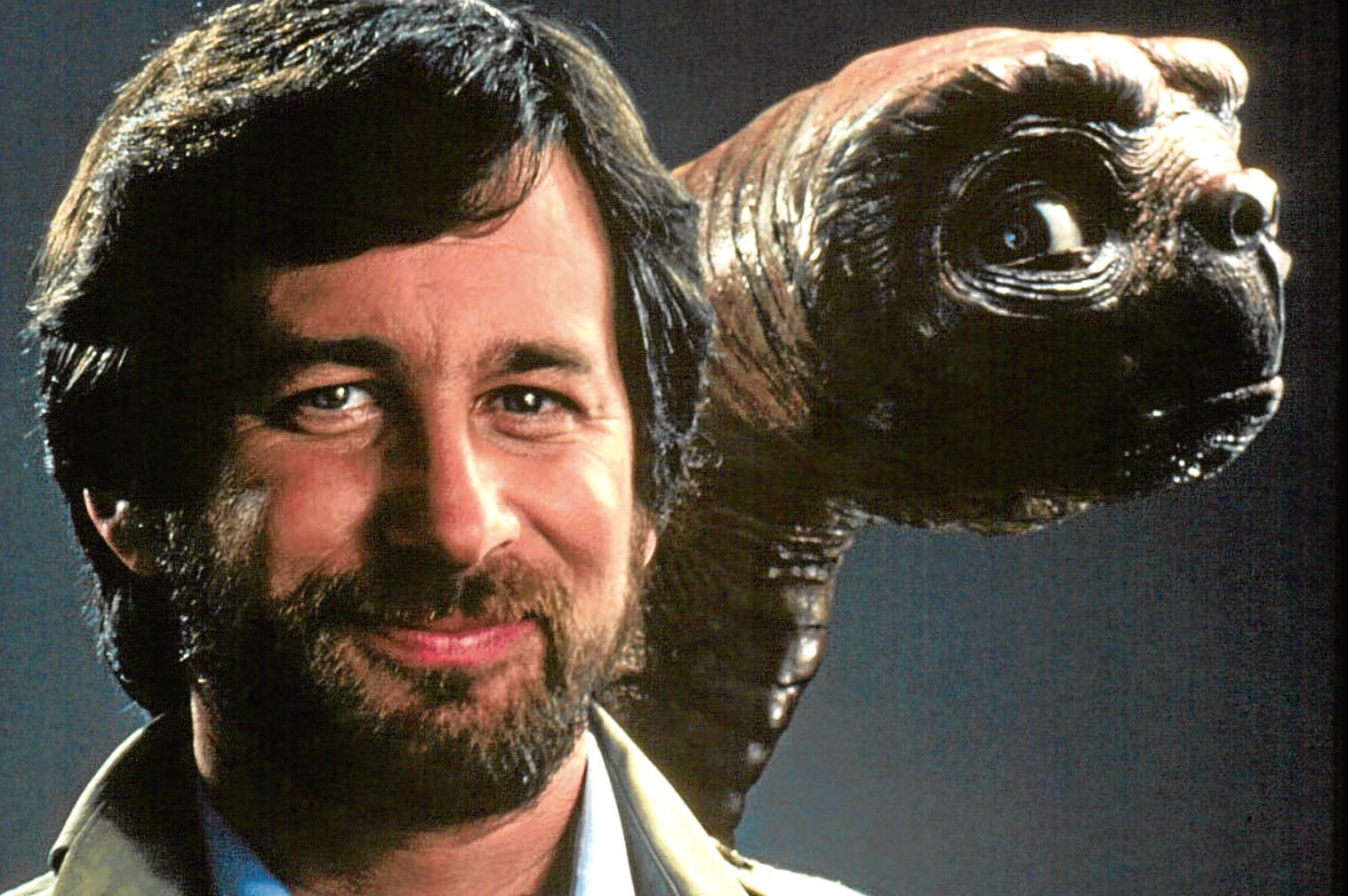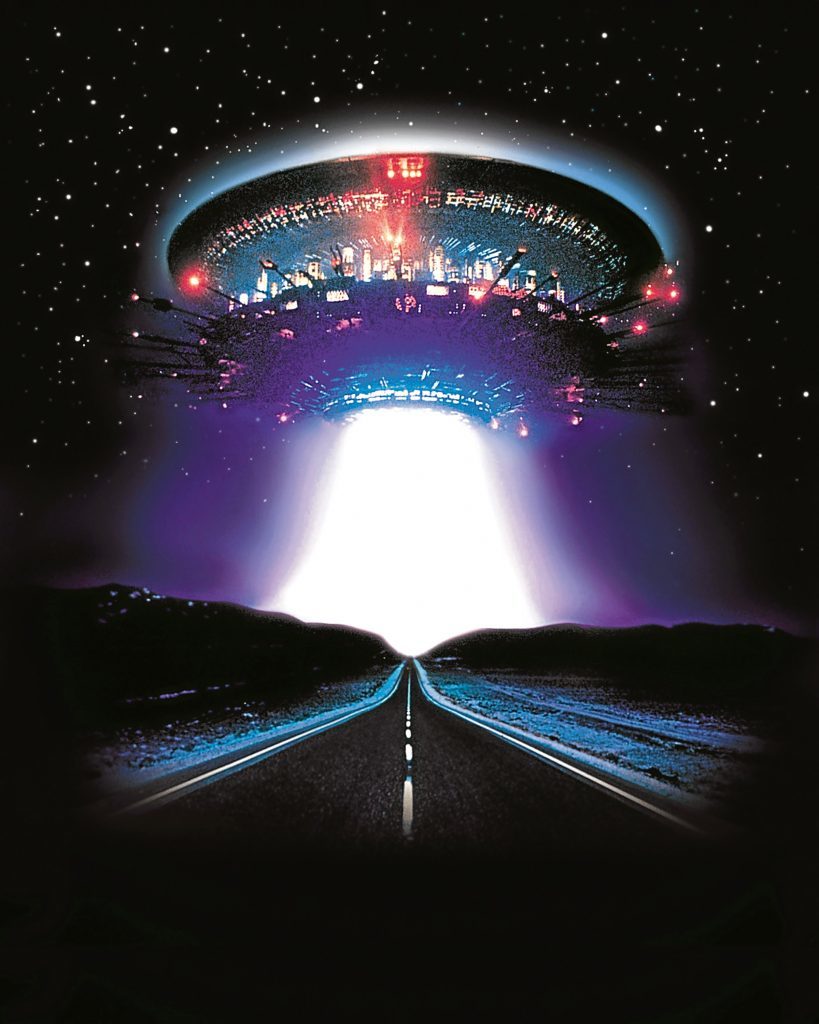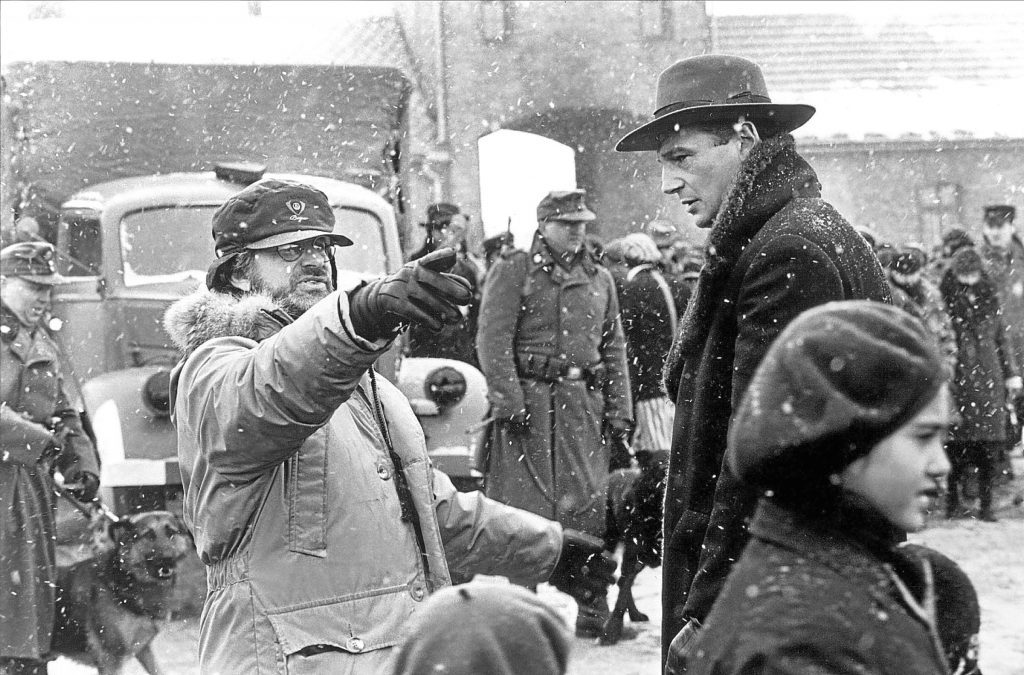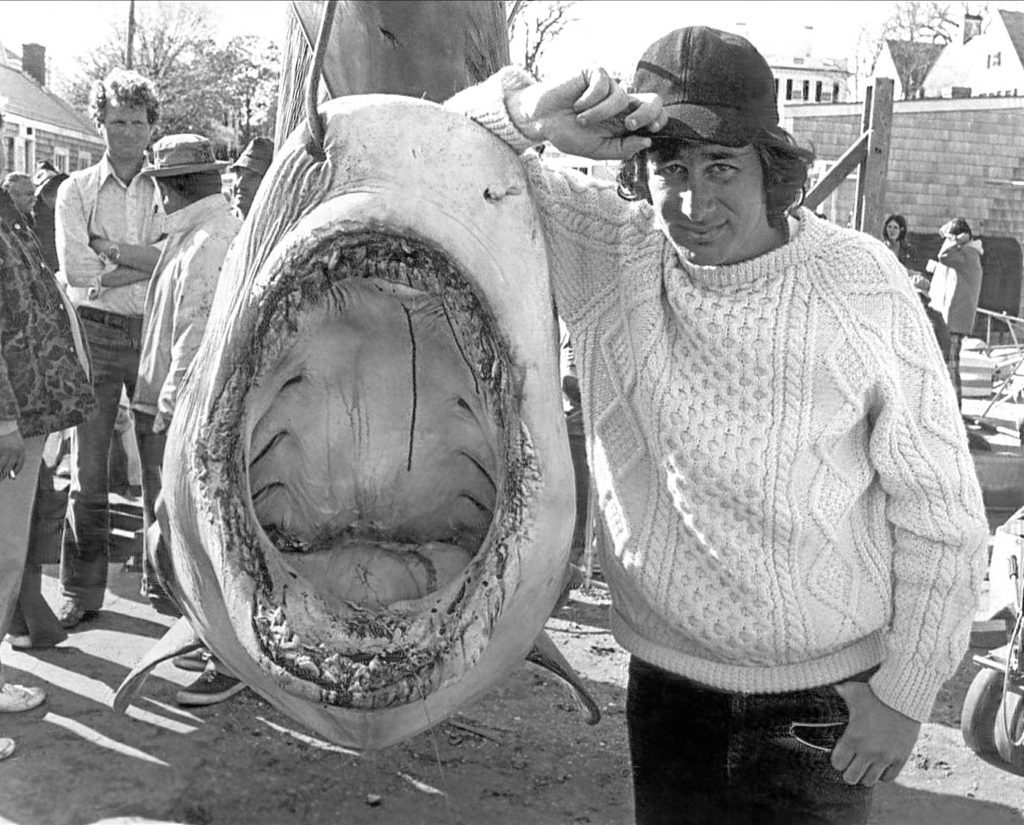
AS with any proud parent of multiple children, Steven Spielberg wouldn’t dream of naming a favourite among his offspring.
But it’s a sign of the love, care and attention he pays to his movie-making that he gives a similar answer when asked to name a favourite among his many films.
“That‘s the toughest question to answer,” the legendary director who turns 70 on December 18 smiles.
“And the cliche answer is the true answer, because cliche and truth go hand in hand.
“I have seven children, I have no favourites — they’re all my favourites.”
In a career that stretches back to his early teens, when young Steven cast his sister Anne in a series of short war films made on an 8mm camera given to him by his dad, the Ohio-born auteur has displayed an uncanny knack for giving audiences what they want.
By the age of 16, he had already caught the attention of Universal Studios execs — and moved into another genre — with his 140-minute film Firelight, about a UFO invading a small town, which was also shot on 8mm.
Spielberg would go on to direct episodes of Columbo and long-running US medical drama Marcus Welby, MD, as well as the psychological suspense movies Something Evil and Duel, but it wasn’t until the mid-1970s, a decade after his debut, that Steven felt he could really call himself a movie-maker of merit.
That came about with a film that did little for its audience’s nerves and even less for the beach holiday industry, but earned its director a Golden Globe and BAFTA nomination and gave the world the concept of the summer blockbuster.
“The turning point in my career was Jaws,” affirms Steven.
“I was a director-for-hire before Jaws and because it was such a big hit, I could do any movie I wanted and Hollywood just wrote me a cheque.
“I’d wanted to make this movie about flying saucers but people thought it was a crazy idea.
“I was telling them: ‘This big mothership comes down at the end, the guy goes into the ship, you’re going to love it!’ but they wouldn’t give me the time of day.
“But the second Jaws was a hit, everybody said: ‘What about that flying saucer movie you had? Do you still want to make that?’ So, Jaws really was the turning point.”
Spielberg’s Close Encounters of the Third Kind, which used up most of the blank cheque with the biggest indoor set ever built, brought him a first Oscar nomination and sent him on his way to a career littered with awards, box-office success, a personal fortune estimated at $3.6 billion (£2.25 billion) and a place on TIME magazine’s list of 100 Most Important People of the 20th Century.
“If I knew the secret of what makes a good director, a lot of new ones would be able to get jobs tomorrow,” laughs Steven, whose seven children are made up of one son with his first wife Amy Irving, and one step-daughter and five others, including two adopted children, with his now-wife Kate Capshaw.
“I can only speak for myself really, I’m a very conservative director, and I like looking back and learning from my predecessors, all the geniuses upon whose shoulders we stand.
“And so I do a lot of looking back and a lot of, you know, understanding of what makes a good story, the way Hollywood used to tell good stories.
“Starting with silent movies, when there were just a few subtitles to help you from time to time, where the visual arts were explosive and very direct, it really led you to an emotional reaction and a huge climatic ending without any words at all.
“And when films first found their voice, they all sounded like plays.
“Then Howard Hawks decided everybody should talk faster and throw in a couple of fantastic graphic visuals and started to use composition.
“So my whole love for this medium comes from paying attention to the past, and respecting all the movies that have been made over all these years.
“That’s what I say to film students when they ask me how they go about getting a job. I tell them to look at the old films.
“It’s what I also tell my kids,” adds Steven.
“I used to have to pay my kids $10 (£6) to watch an old black-and-white movie — I had to bribe them, and $10 is a lot of money when you’re 12 years old!
“I’d say: ‘If you watch Red River with me I’ll give you $10.’
“I had a couple of my kids start the movie and 10 minutes later I’d say: ‘Give me my $10 back,’ because they weren’t paying attention.
“And it’s not easy to get $10 back from a child!”
As he approaches an age when most people have retired, Steven says he is pleased to have avoided the fate of many of his heroes from the past, continuing to make movies such as Bridge of Spies, which earned him a 12th Oscar nomination earlier this year, and the adaptation of Roald Dahl’s BFG, a film he describes as “one of the most beautiful and curious experiences in my career”, which is available on DVD and Blu-Ray now.
“I met a lot of my heroes over the years,” says Steven.
“I met John Ford when I was very young coming up through the ranks, I had lunch with Frank Capra after he saw E.T. and liked the movie, so invited me to a meeting with David Lean and Akira Kurosawa.
“And I’ve seen the one thing that happens when directors get older is they still have the passion, and they still have the determination to tell stories, but because of their age, the people who do the hiring look at you as a relic from the past.
“That’s why I set up DreamWorks back in 1994, because I was determined to not become a relic of the past and if I set up my own studio, I could hire myself!
“So I’m happy that I get to keep working and even though I’m in my 70th year, I don’t get tired. I should, but I don’t.
“I love what I do, I love telling stories and making movies and working with great actors.
“I know the movies I’ve made and the impact they’ve had on people because I talk to strangers every day, all around the world about some of those movies.
“I’m really proud of the way that people have grown up with a lot of those films.
“But I just tend to think that if I dwell too much on that, you know, it’s going to make me sit back and I’m not ready for that.”
And if Spielberg did find the time to sit down and watch one of his movies, which would it be?
“I’ve shown E.T. to every one of my seven children. I see it in a different way each time.
“But if it were me alone in a room, it would have to be Raiders of the Lost Ark.”
He’s not saying that’s his favourite, of course . . .

Enjoy the convenience of having The Sunday Post delivered as a digital ePaper straight to your smartphone, tablet or computer.
Subscribe for only £5.49 a month and enjoy all the benefits of the printed paper as a digital replica.
Subscribe

